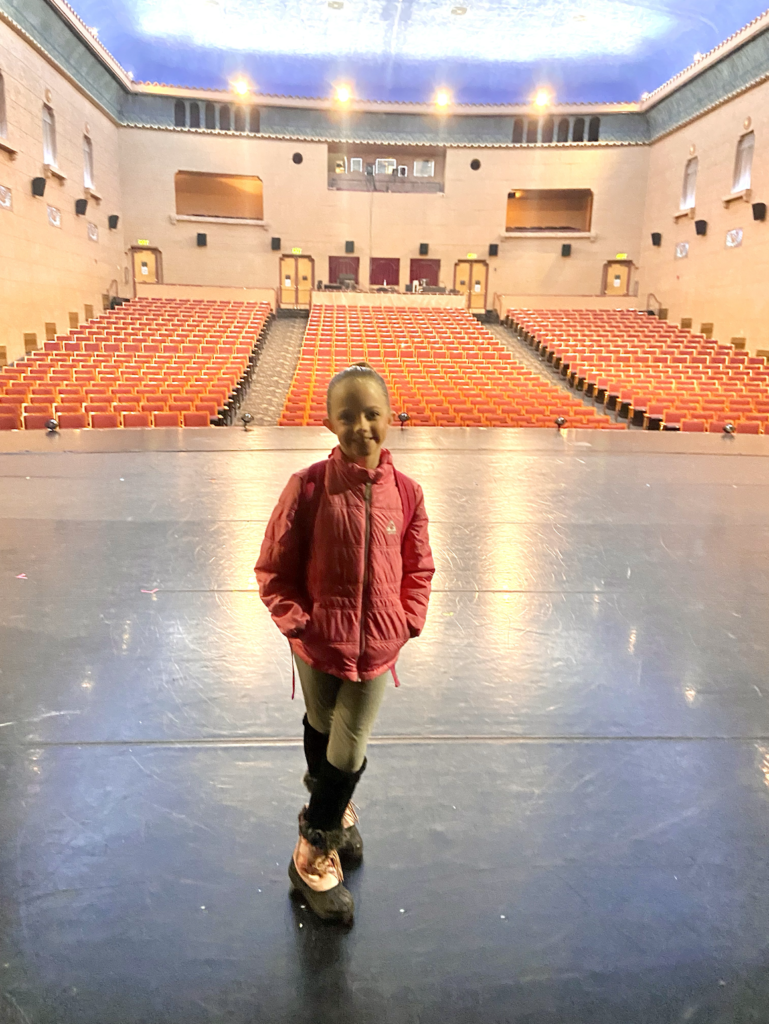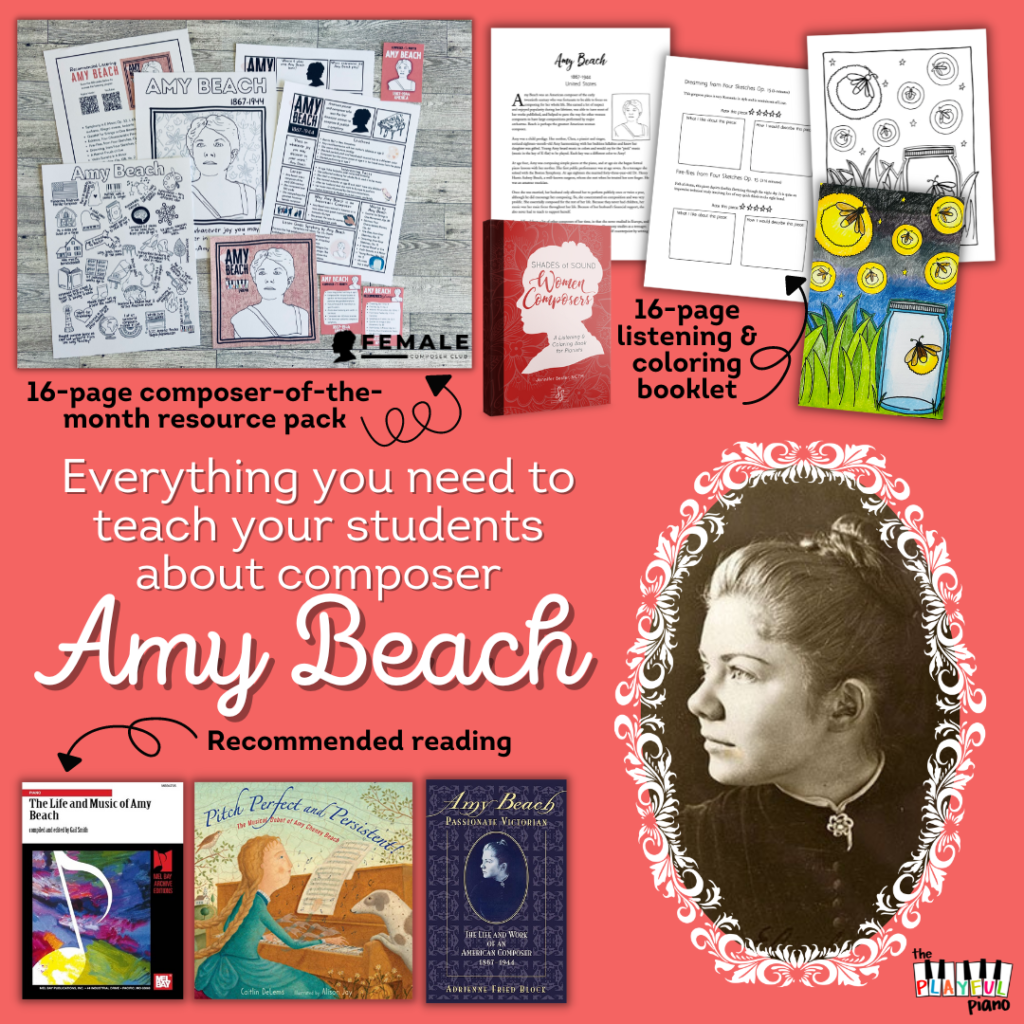Description
Which composers and pieces will my students learn about?
The Shades of Sound: Seasons books include 67 pieces by 38 composers. The composers represent all of the major periods in music history and include several women and several living composers. This resource could represent an entire year’s worth of listening assignments, allowing you to simply print out the pages and assign listening at each lesson. It is so easy to implement, and really a fantastic way to teach your students about music history. You may even wish to join in and color with them!
Why Music Appreciation?
“Building desirable attitudes toward music is the first aim of all music education.” -Mabelle Glenn
Music appreciation is an important part of any young musician’s training. Learning to play the piano without knowing the great composers and listening to their music is like trying to become a writer without reading any good books. Understanding and appreciating great music is essential!
Listening to classical music will help increase our students’ understanding of music. It will inspire and motivate them to practice. It will give them composer and musician role models and introduce them to great performers. Regular listening to many different styles and composers helps our students become more well-rounded musicians.
According to Self-Determination Theory, we humans have three psychological needs which need to all be met in order to be motivated and engaged. One of these important needs is relatedness. In the context of piano study, relatedness has to do with how the things our students are learning in piano related to their life.
Take for example a student who comes from a home where there is no classical or piano music. The parents do not play any instruments and there is not much music in the home. It will probably be harder for this student to progress and engage in the learning process than a student who comes from a musical family and a home where classical music is listened to and appreciated.
Why does this curriculum work so well?
The Shades of Sound curriculum combines listening with coloring to create an engaging experience for students of all ages. Why does this curriculum work so well?
The reason why this curriculum is so engaging and works so well is that it uses all four learning modes:
- Reading/Writing – Students learn about music history by reading about each composer in the book, and reading about the background of the piece and what to listen for. They have a chance to write down what they like about each piece and give the piece a rating.
- Auditory – Students listen along using the accompanying YouTube playlist.
- Visual – Each piece includes a beautiful coloring page.
- Kinesthetic – Coloring while listening uses kinesthetic or tactile learning.
Combining all four learning styles makes this curriculum super engaging and helps you to reach all of your students in different ways.
















































Reviews
There are no reviews yet.